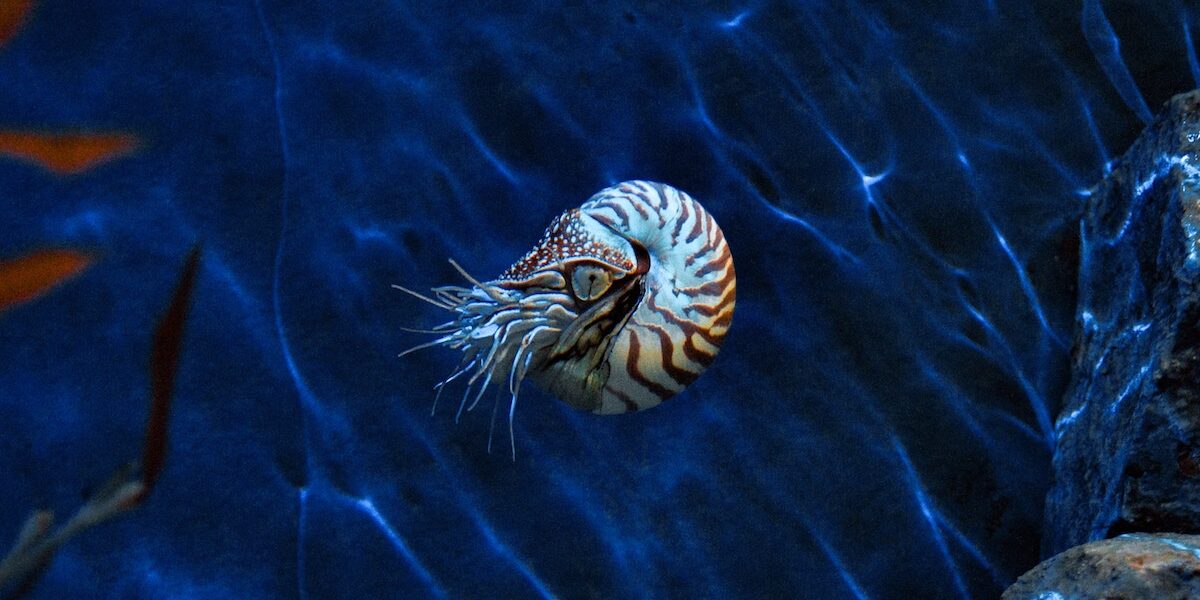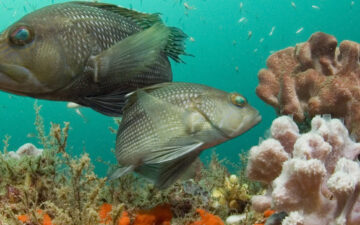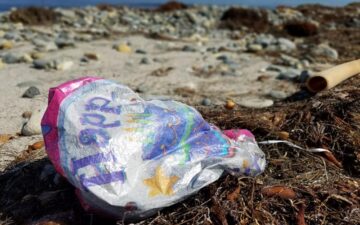By: Gregory Jeff Barord, PhD Student, City University of New York – Graduate Center, City University of New York – Brooklyn College
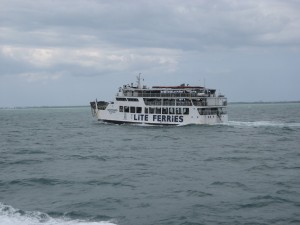
Day 1: We’ve finally landed in the Philippines at midnight after nearly 24 hours of flying from New York City, with a layover in South Korea, and finally to Cebu, Philippines. Fortunately, our Filipino colleague is waiting for us outside the airport with a big smile and a large van to take us to our hotel. It’s the type of smile that always makes you look at the brighter side of things and would prove a necessity during this trip and over the next 16 months. After loading the 13 bags of luggage into the truck, we head to the hotel and start planning out the research. During the next 17 days we will be collecting data to assess the population size of nautiluses near Bohol Island in central Philippines.
The nautilus lineage, or family tree, has existed for nearly 500 million years. In comparison, sharks have been around for 350 million years, mammals for 225 million years, and modern humans have only existed for a mere 200,000 years. During these 500 million years, the basic appearance of nautiluses has not changed significantly and for this reason, nautiluses are often called “living fossils” because the living nautiluses in today’s oceans look very similar to their fossilized ancestors. Nautiluses were witness to most of the new life that evolved on this planet and they also survived all of the mass extinctions that wiped out many other animals.
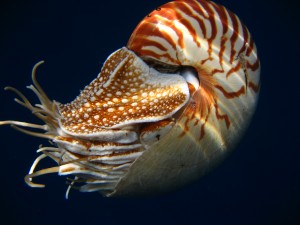
Nautiluses are related to octopuses, squid, and cuttlefish; together, these animals all make up Class Cephalopoda. Many of us are familiar with octopus and squid because of their amazing color changing abilities and intelligent behaviors. However, nautiluses are unable to change color and have been viewed as unintelligent when compared to their octopus relatives. (Though, recent work is beginning to change that thinking). Nautiluses are also different from other cephalopods because they possess an external, striped shell whereas all other living cephalopods have an internal shell or no shell at all. While this strong, striped shell enables buoyancy control and provides protection, it has also become a valued commodity.
We are in the Philippines because although nautiluses have survived for millions of years, their populations appear to be in decline as a result of unregulated fishing pressure. Nautilus fisheries exploded in the 1970’s because their shell became a highly valued item for trade and was shipped and sold all over the world. The shell is sold as-is but it is also broken down and made into other items such as buttons, ornamentation, and jewelry. Unfortunately, there were no regulations in place to monitor how many nautiluses were being caught. As a result, many populations of nautiluses crashed and no longer supported fisheries so the fisherman had to move to a new location. This cycle has continued in many areas over the past 40 years.
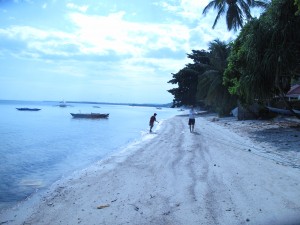
Why were there no regulations? Why was there no oversight? Why have conservation groups been inactive? The primary answer to these and other questions is that there was no scientific data on nautilus population size and the impact of fisheries. Without any data, it is impossible to do anything. In 2010, the United States Fish and Wildlife Service funded a project that would determine, once and for all, what effect 40 years of unregulated fisheries has had on nautilus populations. The first step in this project was to travel to the Philippines and assess the nautilus populations in that area using baited traps.
Day 4: Our team has finally made it to our research site on Bohol Island after a 3 hour ferry ride, with even more luggage, from Cebu to Bohol. We will be here for the next two weeks attempting to collect data on the population size of the population of nautiluses in Bohol.
Stay tuned for the next blog about this journey and research!
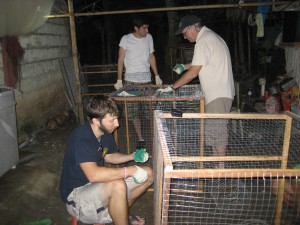
Bio: Gregory Jeff Barord is currently a PhD student in New York City and he is researching the learning and memory capabilities of nautiluses and conducting conservation based field research into population size. Gregory has been conducting cephalopod research for over 10 years and has also worked aboard commercial fishing vessels in the Bering Sea as a Fisheries Observer monitoring quotas for the National Marine Fisheries Service.
Links:
www.tonmo.com
http://www.nytimes.com/2011/10/25/science/25nautilus.html?_r=3&pagewanted=1&emc=eta1&
